Jamal Berakdar3527403353, 9783527403356, 9783527606382
This self-contained work is a coherent presentation of the quantum theory of correlated few-particle excitations in electronic systems. It begins with a compact resume of the quantum mechanics of single particle excitations. Particular emphasis is put on Green function methods, which offer a natural tool to unravel the relations between the physics of small and large electronic systems. The book contains explicit expressions for the Coulomb Green function of two charge particles and a generalization to three-body systems. Techniques for the many-body Green function of finite systems are introduced and some explicit calculations of the Green functions are given. Concrete examples are provided and the theories are contrasted with experimental data, when available.
The second volume presents an up-to-date selection of applications of the developed concepts and a comparison with available experiments is made.
Table of contents :
Concepts of Highly Excited Electronic Systems……Page 4
Contents……Page 8
Preface……Page 14
1 The two-body Kepler problem: A classical treatment……Page 18
2.1 Historical background……Page 22
2.2 Group theoretical approach to the two-body problem……Page 23
2.2.1 The bound spectrum……Page 24
2.2.2 Eigenstates of two charged-particle systems……Page 25
2.3 The two-body Coulomb wave functions……Page 26
2.3.2 Parabolic coordinates……Page 27
2.3.3 Analytical continuation of the two-body Coulomb wave functions……Page 30
3.1 The variable-phase method……Page 34
3.2 Phase-amplitude equations for non-local potentials……Page 35
3.2.2 Numerical considerations……Page 39
3.3 The scattering amplitude representation……Page 40
3.4 Illustrative examples……Page 43
4 Ground states of many-electron systems……Page 48
4.1 Time-scale separation……Page 49
4.2 Hartree-Fock approximation……Page 51
4.3 Configuration interaction……Page 53
4.4 The coupled cluster method……Page 54
4.6 Density functional theory……Page 55
4.6.1 The Hohenberg-Kohn theorem……Page 56
4.6.2 The Kohn-Sham equations……Page 58
4.6.3 The local density approximation……Page 60
4.6.4 Gradient corrections……Page 61
4.6.6 Self-interaction corrections……Page 62
4.6.7 Extensions of DFT……Page 64
5.1 Electric dipole transitions……Page 66
5.2.1 One-electron photoemission from unpolarized targets……Page 69
5.2.2 Single photoemission from polarized targets……Page 70
5.3 General properties of emitted dipole radiation……Page 72
5.4 Symmetry properties of many-body photoexcitations……Page 75
5.4.1 Propensity rules for the dichroism in multiple photoionization……Page 79
5.5.1 Single channel……Page 82
5.5.2 Multi-channel resonant photoexcitations……Page 85
5.6 Few-body resonances……Page 88
5.6.1 Regularities and classifications of doubly excited states……Page 89
5.6.2 Complex rotation method……Page 93
6 Two-electrons systems at the complete fragmentation threshold: Wannier theory……Page 96
6.1 Classical mechanics of two excited electrons at the double escape threshold……Page 97
6.1.1 Wannier threshold law: a classical approach……Page 102
6.1.2 Remarks on the classical treatment of two electrons at threshold……Page 103
7.1.1 Cross section dependence on the number of escaping particles……Page 106
7.1.2 Structure of the total potential surface for N electron systems……Page 108
7.1.3 Quantum mechanics of N electrons at low kinetic energies……Page 111
7.1.4 Quantal calculations of the universal threshold behaviour……Page 115
7.1.5 Incorporation of symmetry and spin in many-particle wave functions……Page 116
8.1.1 The Fock expansion……Page 118
8.1.2 The Kato cusp conditions……Page 120
8.1.3 Boundary conditions for the N-body problem……Page 121
9 The three-body Coulomb system……Page 124
9.1 Appropriate coordinate systems……Page 126
9.1.3 Hyperspherical coordinates……Page 127
9.1.4 Relative coordinates……Page 128
9.2 Coordinate systems for continuum problems……Page 129
9.2.1 Jacobi coordinates……Page 130
9.2.2 Parabolic coordinates……Page 132
9.2.3 Parabolic-relative coordinates……Page 133
9.2.4 Parabolic-hyperspherical coordinates……Page 134
9.3 Approximate three-body states and the parabolic-relative coordinates……Page 135
9.4 Asymptotic properties of the three-body wave equation……Page 139
9.5 Dynamical screening in few-body systems……Page 146
9.5.1 Two electrons in the field of a positive ion……Page 148
9.5.2 Dynamical screening via complex effective wave vectors……Page 151
9.5.3 Threshold behaviour……Page 152
9.5.4 Kato cusp conditions……Page 156
9.6 Parabolic-hyperspherical approach……Page 158
9.6.1 Parabolic-hyperspherical Schrödinger equation……Page 159
9.7 Parabolic-hyperspherical adiabatic expansion……Page 163
9.8 Three-body wave functions with mixed boundary conditions……Page 165
9.8.1 Asymptotic states of two bound electrons……Page 169
9.9 Partial-wave decomposition of three-body wave functions……Page 170
9.9.1 Expansion of Coulomb wave functions in spherical harmonics……Page 171
9.9.2 Partial wave expansion of approximate three-body wave functions……Page 172
9.9.3 Three-body S states……Page 177
9.9.4 Partial-wave expansion of two-center Coulomb functions……Page 178
10 Correlated continuum states of N systems……Page 186
10.1 The interacting electron gas……Page 187
10.2 Excited states of N interacting electrons……Page 189
10.2.1 Formal development……Page 190
10.2.2 Normalizing the N-body wave functions……Page 196
10.2.3 The two-body cusp conditions……Page 197
11 Green’s function approach at zero temperatures……Page 200
11.1 Definitions and general remarks on the Green’s functions……Page 201
11.1.1 The transition (T) operator……Page 204
11.1.2 The Møller and the scattering (S) operators……Page 205
11.1.3 Transition probabilities and cross sections……Page 207
11.2 The Coulomb problem in momentum space……Page 208
11.3 The Coulomb two-body Green’s functions……Page 212
11.4 The off-shell T-matrix……Page 216
11.4.1 The on-shell limit of the Coulomb T matrix elements……Page 217
12 Operator approach to finite many-body systems……Page 222
12.1 Faddeev approach to the three-body problem……Page 223
12.1.1 The Lovelace operator, Lovelace equations and AGS equations……Page 224
12.2 Reduction scheme of the Green’s operator of N-particle systems……Page 227
12.3 Thermodynamics of interacting N-particle systems……Page 234
12.4 Incremental product expansion of the many-body Green’s function……Page 235
12.4.1 Expansion of the Green’s operator of uncorrelated clusters……Page 236
12.4.2 Green’s operator expansion of correlated finite systems……Page 238
12.4.3 Remarks on the applicability to Coulomb potentials……Page 242
12.5 Path-Integral Monte-Carlo method……Page 244
13.1.1 Scattering-path formalism……Page 248
13.1.2 Scattering of correlated compounds from multi-center potentials……Page 250
14.1 Time-dependent single-particle Green’s functions……Page 256
14.2.1 Single-particle Green’s functions for extended systems……Page 259
14.2.2 The self-energy concept……Page 263
14.2.3 Hedin equations and the GW approximation……Page 264
14.3 Two-body Green’s functions……Page 266
14.3.2 Particle-particle and hole-hole propagators……Page 268
14.3.3 Single and many-particle photoelectron currents……Page 271
A.1 Tensor Operators……Page 274
A.1.1 Wigner-Eckart theorem……Page 275
A.1.2 Tensor products of spherical tensors……Page 276
A.2 Time ordering and perturbation expansion……Page 277
A.3 Adiabatic switching of interactions……Page 278
A.4 Finite-temperature equilibrium (Matsubara) Green’s function……Page 281
A.5 Non-equilibrium Green’s function: The Keldysh formalism……Page 282
Bibliography……Page 286
Index……Page 306
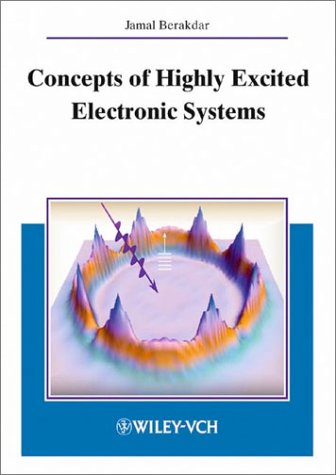
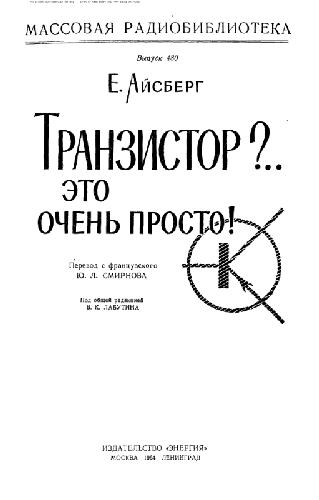
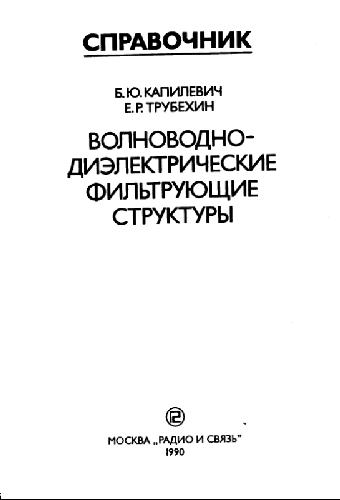
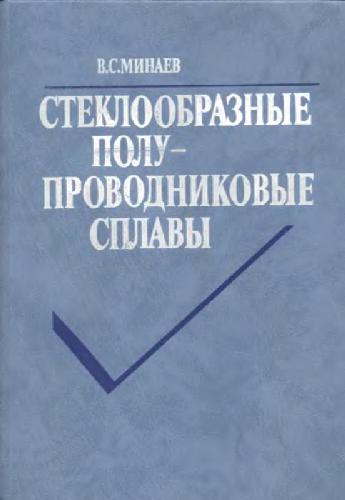
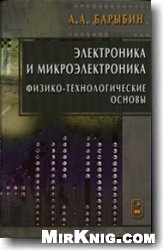
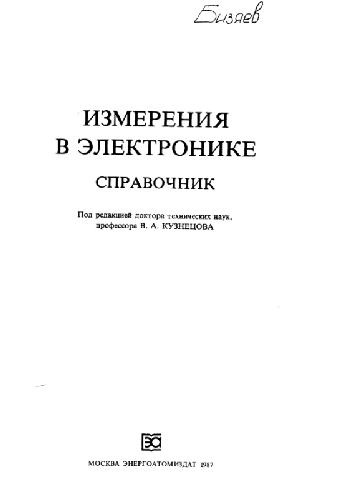
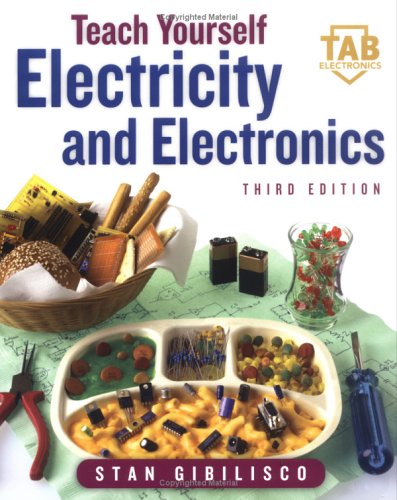
Reviews
There are no reviews yet.